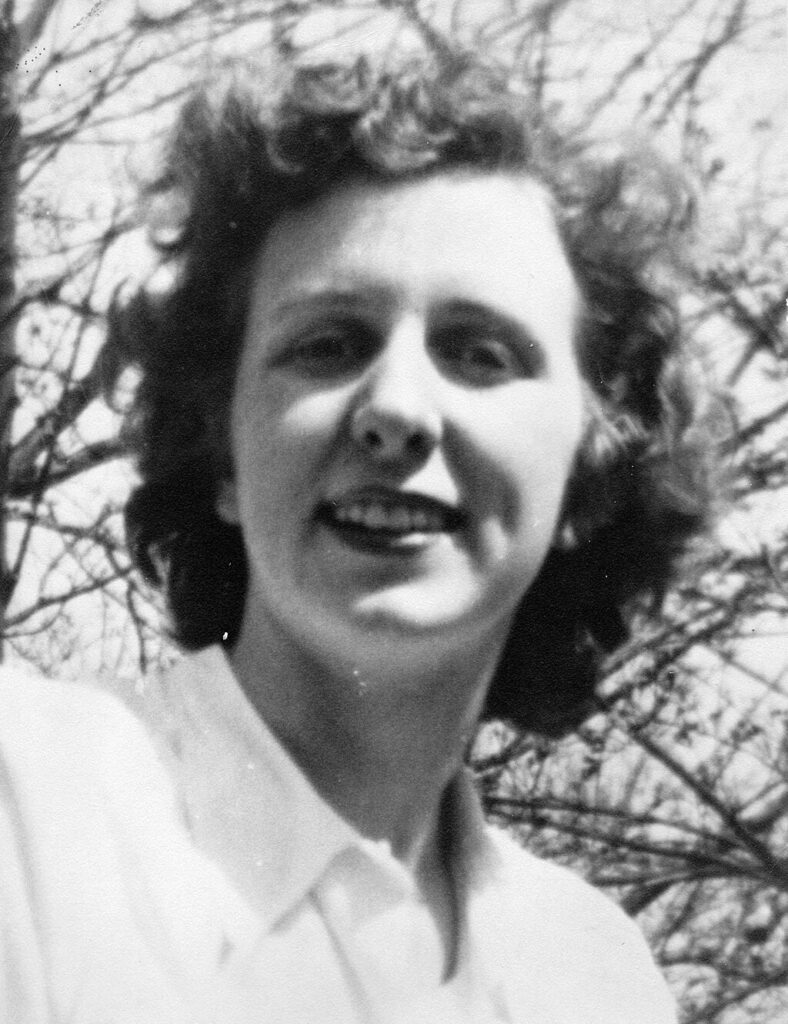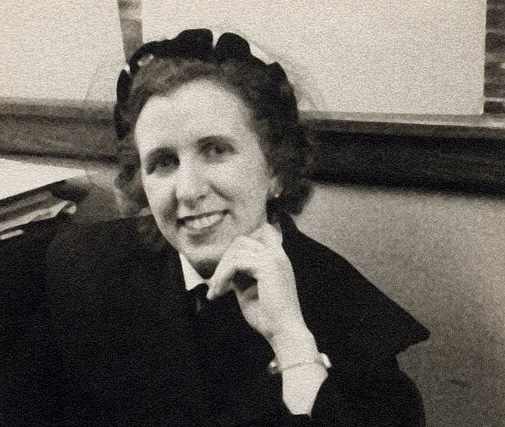Kay McNulty’s life is a story of remarkable resilience, pioneering achievement, and often unrecognised contributions to one of the greatest technological leaps of the 20th century. Born on February 12, 1921, in Feymore, Creeslough, Co. Donegal, Ireland, she would go on to become one of the first programmers of the world’s earliest computers. Her journey from a small village in Donegal to the forefront of wartime innovation in the U.S. is a testament to her brilliance and determination.
Early Life in Ireland and America
Kay’s early life was deeply shaped by the Irish War of Independence. Her father, James McNulty, was a commander in the Irish Republican Army, and on the night of her birth, he was arrested and imprisoned in Derry Gaol for his role in the conflict. He spent the first two years of Kay’s life in jail, and upon his release, the family emigrated to Pennsylvania in search of a better life.
The move to America opened new doors for Kay, but it came with challenges. Arriving in Philadelphia as a young girl who spoke only Irish, she quickly adapted, learning English and excelling in school, particularly in mathematics. Her mother was a driving force, urging Kay to prove that Irish immigrants could be as good, if not better, than anyone else in their new country.
After graduating high school, Kay earned a scholarship to Chestnut Hill College for Women, where she was one of just three students to major in mathematics. She graduated with honors in 1942, right in the midst of World War II, at a time when the U.S. military had an urgent need for mathematicians.
Answering the Call During World War II
The U.S. Army, needing skilled mathematicians to calculate missile and bullet trajectories, put out a call for college graduates. Kay responded and was hired as a “human computer” at the University of Pennsylvania’s Moore School of Engineering. Alongside 75 other women, she worked to calculate artillery trajectories for the Ballistic Research Laboratory, a critical task for the war effort.
In an era before digital computers, Kay and her colleagues performed laborious manual calculations, creating tables of numbers that soldiers used to aim artillery guns. Her exceptional work quickly earned her a promotion to shift leader, a position that placed her at the forefront of some of the most groundbreaking innovations of the time.

The ENIAC Project and Pioneering Computer Programming
It was during her time at the Moore School that Kay was selected to work on one of the most important technological projects of the 20th century—the development of the ENIAC (Electronic Numerical Integrator and Computer), the world’s first general-purpose digital computer. Engineers J. Presper Eckert and John Mauchly led the project, with Kay and five other women brought in to develop the machine’s processor.
Programming the ENIAC was a slow and painstaking task. The machine had no memory for instructions, meaning Kay and her team had to meticulously reprogram it for every new calculation. The goal was to automate the same trajectory calculations that Kay had once performed manually, but to do it in a fraction of the time. Their work was revolutionary: while it used to take weeks to perform such calculations, ENIAC could do it in mere seconds once the programming was complete.
When ENIAC was publicly unveiled on February 15, 1946, Kay and the other women who had worked tirelessly to bring it to life were not credited as engineers or programmers. Instead, they were asked to act as hostesses for the event. Despite this oversight, their contributions had laid the foundation for the future of computing.
Life Beyond ENIAC
Kay continued working on ENIAC for two more years after the war. In 1948, she married John Mauchly, one of the inventors of the ENIAC. Together, they had five children, and while Kay left paid employment, she continued to assist her husband with his pioneering computer work, often working uncredited on programming tasks. Kay balanced her role as a mother to seven children with her intellectual pursuits, contributing to the nascent field of computer science.
Decades passed before Kay and the other women who had programmed ENIAC received the recognition they deserved. In 1997, they were inducted into the Women in Technology International Hall of Fame, finally acknowledging their essential role in the creation of the modern computer. In 1998, Kay was interviewed for a documentary titled The Computers, which highlighted the critical contributions of the ENIAC programmers.
Legacy and Recognition
Kay McNulty’s pioneering work is now recognized as a cornerstone in the history of computing. In 2017, Dublin City University renamed its computing building the McNulty Building in her honor, and in 2023, her hometown of Creeslough unveiled a memorial at the Corner of the Garden in her memory.
Throughout her life, Kay and her family maintained close ties with Creeslough, visiting the area multiple times. Even as she raised her children and worked behind the scenes, her Irish roots remained an integral part of her identity.
Kay McNulty passed away on April 20, 2006, at the age of 85. Her legacy, however, continues to inspire generations of women in technology and science. From her humble beginnings in Donegal to her role in shaping the digital age, Kay McNulty’s life is a remarkable story of talent, perseverance, and groundbreaking achievement.
In 2023, the local community in Creeslough unveiled a memorial in Kay’s memory at the Corner of the Garden in Creeslough.
You can watch a short film about Kay mc Nulty made by local journalist and film maker Eamonn Mc Fadden. It’s well worth a watch and features footage of Kay talking about her life growing up in Creeslough and her emigration to America and going on to become one of the world’s first computer programmers.

